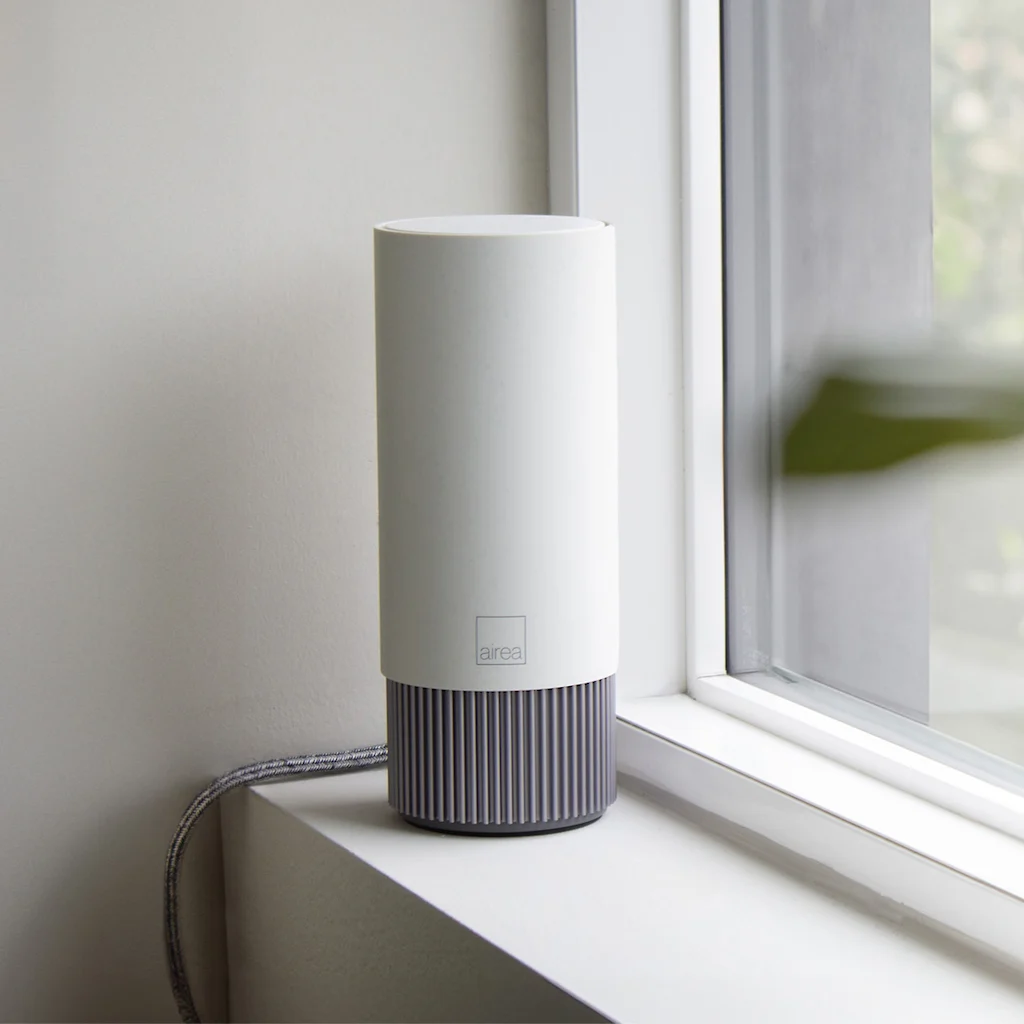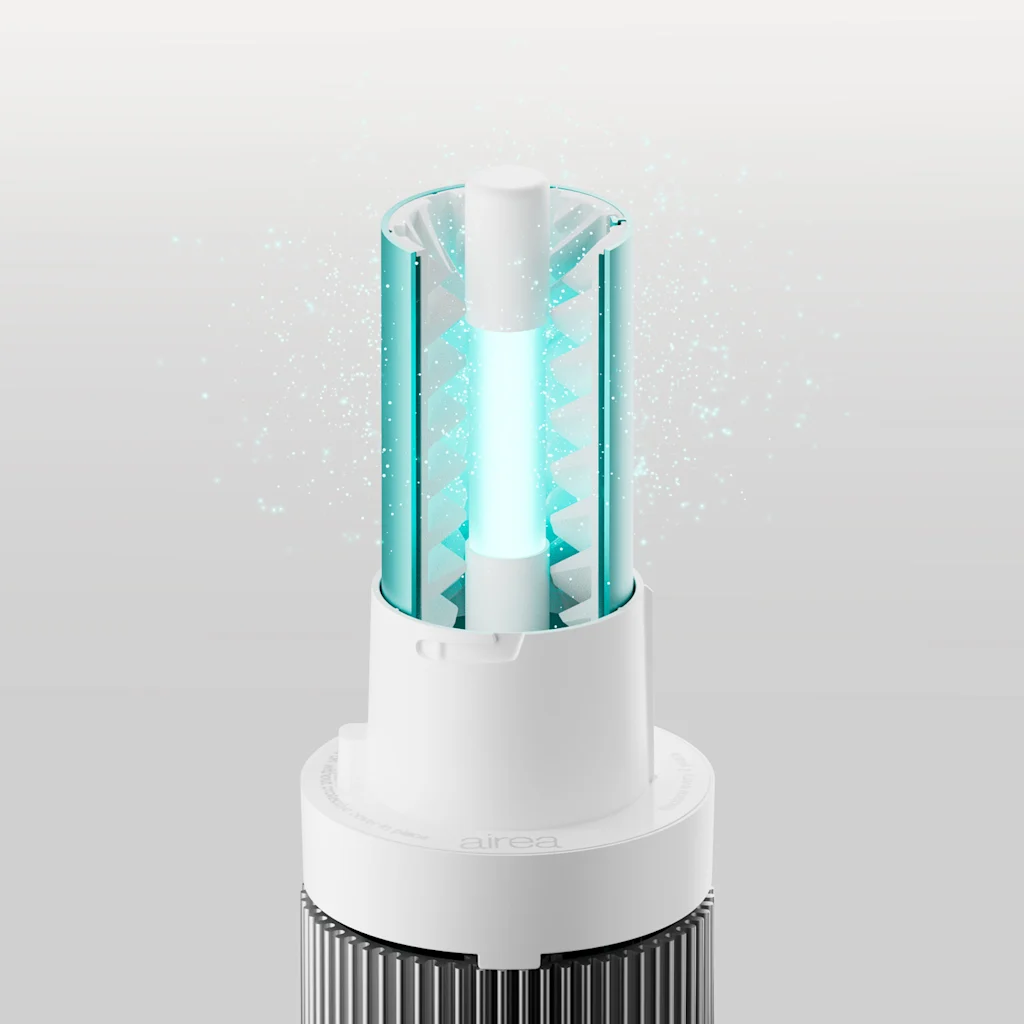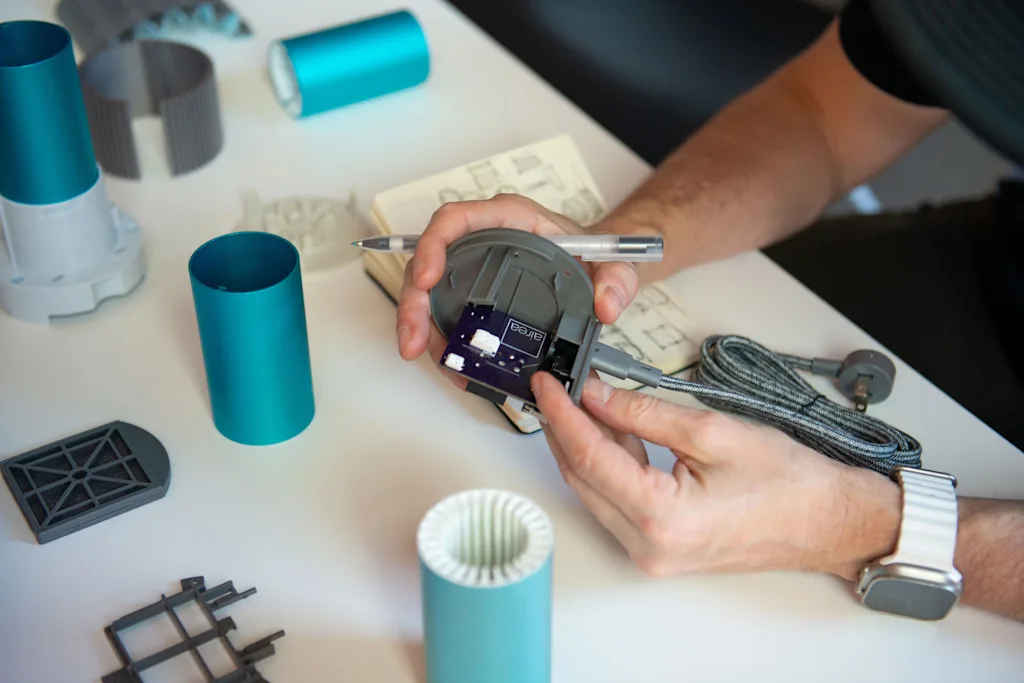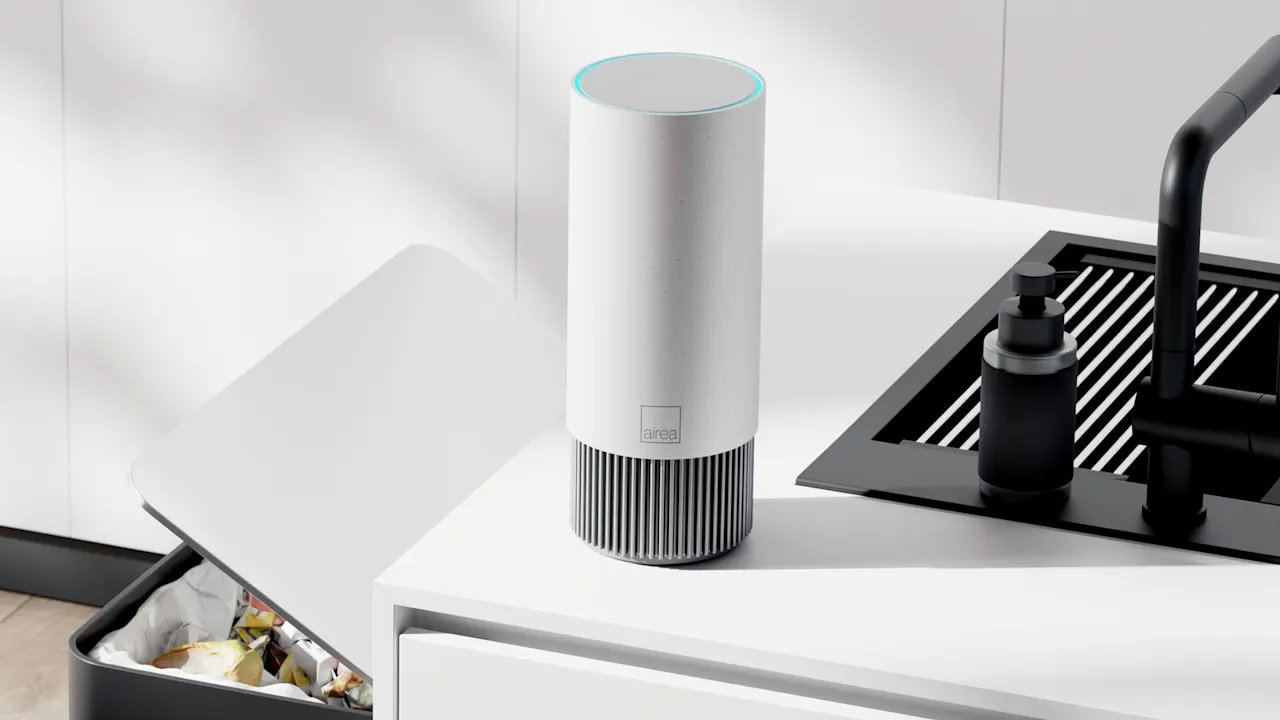Curved displays in cars are increasingly common, adding a bit of shape to the increasing pixel overload we face behind the steering wheel. The designers of Porsche's upcoming Cayenne Electric, though, decided to do something more dramatic with the touchscreen that commands the center of the forthcoming SUV's dashboard.
Its shape flows between dashboard and center console in a smooth, organic way, with a pronounced bend in the middle. The first time I dragged my finger from top to bottom, traversing that kink, I decided I was going to hate this layout. But a day behind the wheel of a prototype version of Porsche's electric SUV changed my mind. I was left wondering why nobody has used this shape.
That was just one feature out of dozens that impressed in this SUV that promises somewhere north of 1,000 horsepower (745 kW) and something in excess of 300 miles (482 km) of range on a charge. It won't hit dealerships until sometime next year, but early impressions are that it will be worth the wait.
Intro to Cayenne
 Porsche has camouflaged the EV prototype; don't expect the headlights or taillights to look like this.
Credit:
Tim Stevens
Porsche has camouflaged the EV prototype; don't expect the headlights or taillights to look like this.
Credit:
Tim Stevens
Porsche introduced the Cayenne in 2002 to global controversy. It was an SUV from a sports car company at a time when premium SUVs were still a rarity. In the decades since, it's earned respect thanks to its on-road performance and off-road capability.
The upcoming Cayenne Electric, which won't hit the market until next year, looks set to raise both bars in a big way. There will be three flavors of electric Cayenne, with the base SUV joined by the sportier Cayenne S and sportiest Cayenne Turbo.
Porsche hasn't finalized power output from those models, but engineers at the event told me to expect that the top-shelf trim will offer something north of 1,000 hp. That could make this Porsche's most powerful production machine yet, depending on how it compares to the Taycan Turbo GT.
The electric Cayenne Turbo's power comes from a new rear motor design on the Turbo that uses cooling technology borrowed from the company's Formula E efforts. Yes, in a rare example of tech transfer from the quietest of motorsports to the road, the electric Cayenne Turbo's rear power unit features a novel design with a coolant system slotting in between the motor's stator and rotor. Engineers told me this design not only means that it operates at a ridiculous 98 percent efficiency, but that it can output maximum power for longer.
 This fin extends to add a little range. But only if you have the Cayenne Turbo.
Credit:
Tim Stevens
This fin extends to add a little range. But only if you have the Cayenne Turbo.
Credit:
Tim Stevens
That means bombing down the Autobahn at top speed for as long as traffic and the SUV's 113 kWh (gross) battery will allow. Porsche said that, when driven more moderately, the electric Cayenne will do more than 373 miles (600 km) on the European WLTP cycle. On the more difficult American EPA cycle, that should equate to a range of roughly 300 miles. Charging will be done over a NACS port.
That range is further helped by a new and curious form of active aerodynamics. At speeds of over 37 mph (60 km/h), the Cayenne Turbo extends a pair of small fins from the rear bumper. These extend the car's side profile slightly, enough to deliver an extra seven miles of range. Sadly, lesser trims will have to do without the deployable gills.
Behind the wheel
The performance of the Cayenne Turbo is eye-opening, to say the least. After a stab of the push-to-pass button on the steering wheel, which sets the SUV to maximum output, a quick stomp on the accelerator was enough to make my peripheral vision narrow as the 22-inch tires beneath me struggled for grip.
The stability control system on the Cayenne doesn't dramatically cut power when torque exceeds traction. It simply reduces output somewhat until the big SUV has overcome its reluctant momentum. As the speed increased, so too did the power. This is an SUV designed for the derestricted sections of the Autobahn, after all, and despite not using a two-speed transmission like the Taycan, its acceleration did not abate, even at high speed.



But I spent much of my time behind the wheel at more moderate velocities, winding around the narrow, blind roads that work their way around the Catalan region of Spain. Porsche hasn't yet quoted a curb weight for any of the Cayenne Electric flavors, but however far it tips the scales, it still feels light and nimble. Steering is firm but sharp with decent feedback, and this big SUV dives into and screams out of corners with perfect poise.
It was only really over big, unsettling movements, speed bumps and the like, that I could feel how much mass was beneath me in the Cayenne Electric. When summiting asphalt imperfections like that, the curious shape of that central OLED really shone.
That display is bent at roughly a 45-degree angle, a profile that allows it to perfectly conform to both the angle of the dashboard and that of the center console. Porsche placed a padded wrist rest right beneath that and then designed the user interface to position the most important controls along the lower portion of the display, the part that's in line with your hand.
The result is you can rest your wrist there comfortably, queue up your favorite playlist, and crank the ventilated seats, all without making any accidental taps on bumpy roads. And despite this car not entering production until next year, that software was snappy and responsive. It didn't lock up on me once during a full day behind the wheel.
 You'll need a low-grip surface if you want to go sliding around.
Credit:
Porsche
You'll need a low-grip surface if you want to go sliding around.
Credit:
Porsche
Yes, next year is a long time to wait for the Cayenne Electric to enter production. It's hard to know what the American EV scene will look like in three months, never mind 12, but for now, at least, Porsche's next SUV is shaping up extremely well. When it does hit the market, it will sit in dealerships alongside the existing Cayenne, which will continue to be available. Choice is good, and if you're in the market but not in a hurry, I'd suggest waiting for this. If the price is right, it will be a clear-cut winner.








 Most of the energy use in serving AI requests comes from time spent in the custom accelerator chips.
Credit:
Elsworth, et. al.
Most of the energy use in serving AI requests comes from time spent in the custom accelerator chips.
Credit:
Elsworth, et. al.
